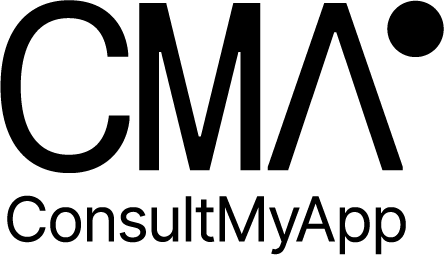Processes - the hero or villain of agency life?
Whether you love them or hate them, they might just be the key to growing your agency.
Process, routines, ways of working, rules of engagement. Call them what you want, just don’t underestimate them.
We know they’re annoying, but identifying which tasks are important, organizing their order and using them to create a repeatable flow can be really beneficial to your agency. Here at CMA, we value our processes and what they offer. That’s why, just recently, we made it a priority to become ISO accredited and gained certification in only three months.
Whilst there may be perks to operating in a free-for-all, Wild West environment, when it comes to creating improvements, processes might just be the order you didn’t know you needed.
Why are processes important?
They are integral to your agency’s growth. Processes set and manage expectations, making the best use of your time. By outlining realistic deadlines for you and your clients, you can create better visibility across your workstreams.
Along the same lines, processes allow you to demonstrate consistency in your delivery, ensure high-quality outputs and improve financial reporting. They can also facilitate the smooth running of business by helping your employees find information about the company and about their role within it.
This list isn’t exhaustive; there will also be benefits specific to improving the workflow of your agency, in whatever industry it may be.
A changing environment
With agency owners being more transparent about their behind-the-scenes work, it’s now emerging that projects aren’t always structured beyond just going with the flow – with no “real” processes in place.
This honesty is refreshing. It opens up the conversation about adapting and improving workflows, which is super important, despite the fact it might call into question an agency’s quality of work.
The truth is, there will be a process in place somewhere. Otherwise, the business would not be able to operate at all. But, to naturally step into the next phase of growth, agencies need to tighten what’s working and tweak what isn’t.
Sometimes, this means implementing large changes – which can be awkward. That being said, the benefits of effective processes certainly outweigh staying comfortable and thus continuing blindly.
But why do they give us the ick?
In a creative and innovative agency environment, processes can feel restrictive. They can sometimes indicate big changes and therefore give teams a sense of insecurity. For leaders, change is good, but such anxiety is not.
So, we’ve put together a list of factors to consider when implementing an often much needed change.
Our Golden Rules of change
Assess – if it isn’t broken, don’t fix it
Adapt – don’t reinvent the wheel
Communicate early – why and how?
Implement slowly – be realistic
Assess
When a business knows they need to implement a change, there’s often an initial inclination to conduct a big overhaul. This, however, is not always necessary – they might already have the services to incorporate change.
To introduce an improvement, you’ve first got to find what needs improving. Perhaps you bring in someone outside of the company to discover areas for change and scope out new services. Or, maybe you conduct a deep dive analysis to highlight which areas need work and prioritizing.
Either way, assessing allows you to find and address the root causes of issues, as opposed to addressing fires as they come up. Stop firefighting, start fireproofing.
Adapt
We’d all love to think that our business is entirely unique and that there’s nothing out there like us, but this isn’t always the case. And while this could be a negative, in the case of creating change it is actually very beneficial.
Your agency’s structure might not be that different from others. By looking outward, you can mirror agencies that are doing really well, using this basis to tailor successful methods to your business offering. The book ‘Agencynomics’ covers this concept and other ways agencies can adapt for change.
Communicate early
Whenever you’re going to implement changes, big or small, the messaging should always be communicated as early as possible, with the business objective tied in.
Employees should be told the why and the how of your intentions. This ensures everyone is on board, there is a transition process in place and the change is unified.
Of course, depending on the objective of the change, you might also tell partners and clients. A communications plan for all interested parties should be made available, as and when it is appropriate.
Implement slowly
How quickly can you really achieve this improved way of working, without disrupting the day-to-day operations of your business? How quickly can your business actually move? The key here is being realistic.
There are a couple of ways you can manage timing. For instance, managing reactions by conducting a risk assessment beforehand, knowing how much you are prioritizing your change, balancing the business needs with the change and carving out a consultative stage. As with any project, providing a time frame is essential.
People are naturally resistant to change and trying to implement too much change too quickly can cause upset, create talent churn, and disgruntle clients. So, make sure you move at a pace that works for everyone involved.
Key takeaway
None of these rules are necessarily more important than the others – that’s why they’re all Golden Rules! But one key takeaway is ensuring efficiency; making the best use of your time and resources, and creating changes with real value.
Whilst you don’t need to create unnecessary processes, you do need to make sure you have measurement mechanisms in place to achieve growth and scalability.
There, processes aren’t that bad.
Want an agency that already knows what they’re doing? Get in touch – [email protected]

